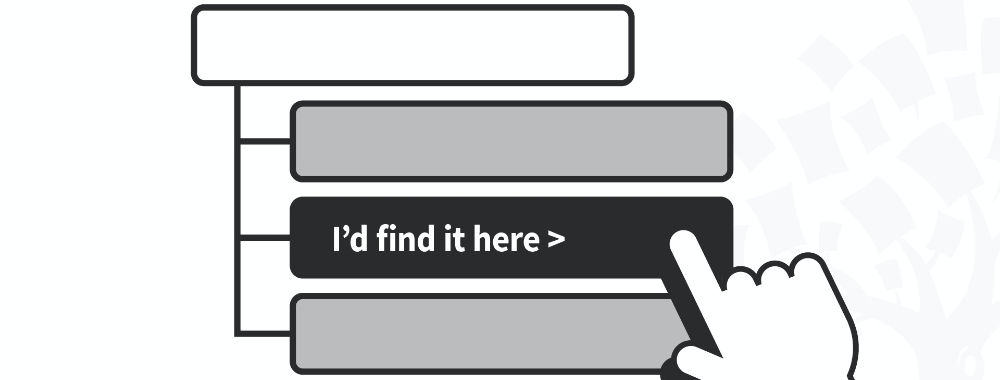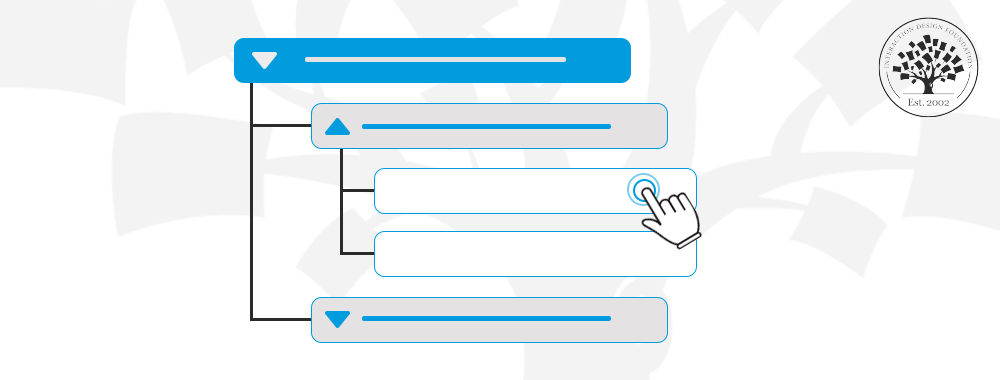Take a deep dive into Tree Testing with
our course
Data-Driven Design: Quantitative Research for UX
.
Quantitative research is about understanding user behavior at scale. In most cases the methods we’ll discuss are complementary to the qualitative approaches more commonly employed in user experience. In this course you’ll learn what quantitative methods have to offer and how they can help paint a broader picture of your users’ experience of the solutions you provide—typically websites and apps.
Since quantitative methods are focused on numerical results, we’ll also be covering statistical analysis at a basic level. You don’t need any prior knowledge or experience of statistics, and we won’t be threatening you with mathematical formulas. The approach here is very practical, and we’ll be relying instead on the numerous free tools available for analysis using some of the most common statistical methods.
In the “Build Your Portfolio: Research Data Project”, you’ll find a series of practical exercises that will give you first-hand experience of the methods we’ll cover. If you want to complete these optional exercises, you’ll create a series of case studies for your portfolio which you can show your future employer or freelance customers.
Your instructor is William Hudson. He’s been active in interactive software development for around 50 years and HCI/User Experience for 30. He has been primarily a freelance consultant but also an author, reviewer and instructor in software development and user-centered design.
You earn a verifiable and industry-trusted Course Certificate once you’ve completed the course. You can highlight it on your resume, your LinkedIn profile or your website.





